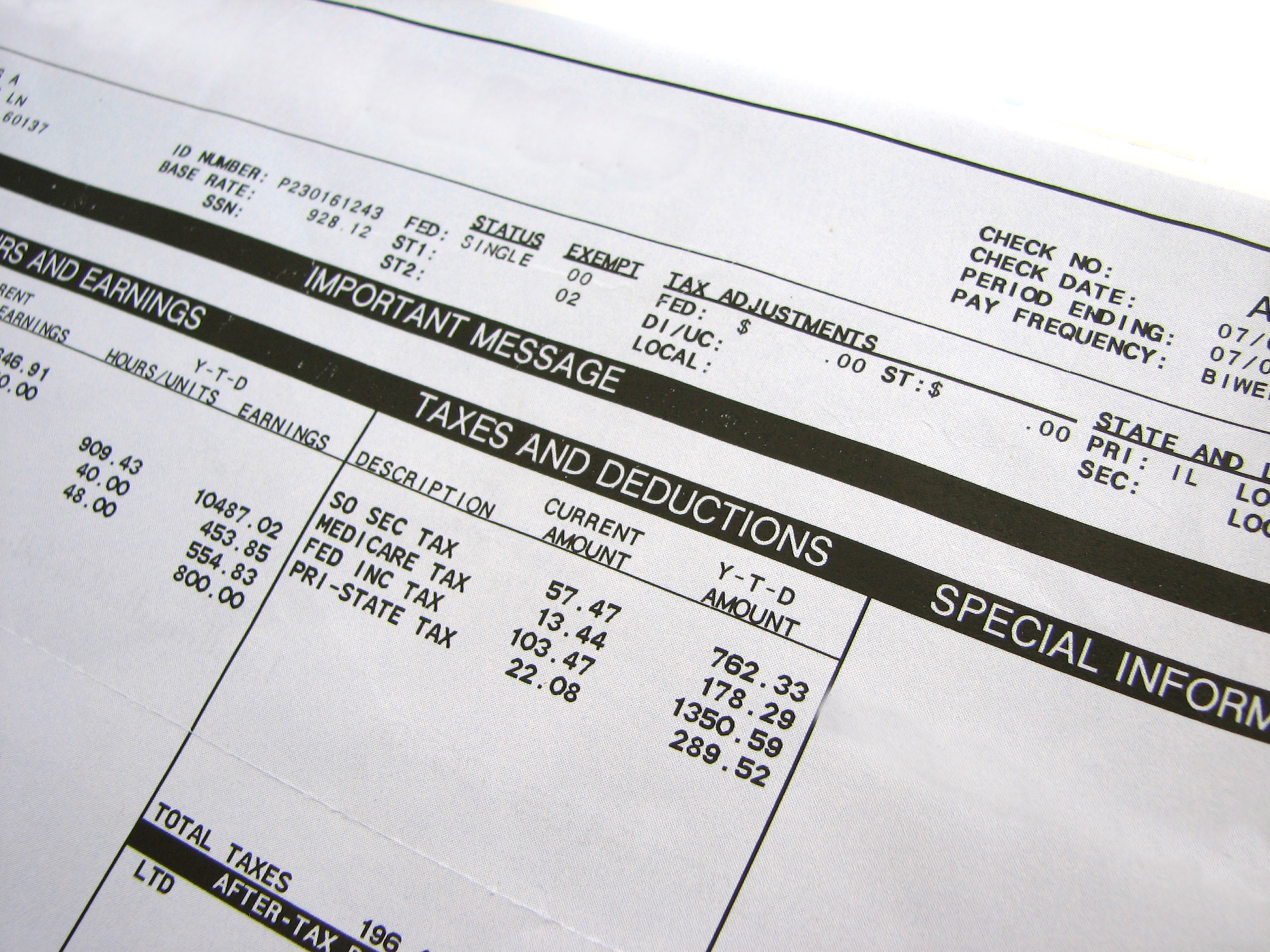One thing all employees have in common is they want their paycheck on time and in the right amount. For some employees, a weekly paycheck is ideal, while others are happy with a bi-weekly payday.
When it comes to a semi-monthly pay schedule, opinions are mixed. Most hourly employees prefer weekly or bi-weekly payroll options.
The most important aspect of the pay schedule is employees budgeting by paycheck. The weekly and bi-weekly schedule has an added bonus of a couple of months with an extra payday. It also helps individuals plan financially.
Semi-monthly payroll is not difficult, but it does present a few issues. We’ll go over the pros and cons of semi-monthly pay periods.
To learn more about the complexity of semi-monthly pay frequencies, keep reading.
Semi-Monthly Pay Schedule Differences
Semi-monthly pay frequencies happen on the same two days each month. The most common options include the fifteenth and last day of the month.
Semi-monthly payroll has fewer pay periods than biweekly payroll. Employees receive 24 paychecks instead of 26.
One significant advantage of semi-monthly pay is that it coincides with the cycle of the business. It’s easier to pay workers on time because they get paid at the same time most companies handle their receivables.
Hourly and Commissioned Workers
Businesses with hourly employees or commission employees may not find semi-monthly pay frequencies as the best option. Overtime and varying work schedules can pose a challenge. Calculating employee pay when it’s constantly changing makes it hard to adapt to a semi-monthly pay schedule.
A small business has enough to deal with when they have employees on commission. Add in overtime pay and it can be difficult for employers to adjust without needing to do the work separately.
New Employees
When it comes to semi-monthly payroll options, new hires will typically need to wait 3 – 4 weeks before receiving their first paycheck. It depends on the day they start and when the pay cycle ends.
Let’s use the example of a small business payroll based on the 16th to the end of the month. If an employee starts on the 1st, they wouldn’t be paid until the end of the month.
Others may choose to pay employees for the hours currently worked until the 15th. Either way, the full paycheck will be delayed longer for many new employees on a semi-monthly payroll cycle.
Holidays & Weekends
When holidays occur, semi-monthly pay can become more inconvenient. Payroll submissions are usually due within a set number of business days prior to the pay date. Holidays and weekends can affect the payroll submission schedule by requiring employers to submit several calendar days earlier.
For example, if the pay date is on a Wednesday and payroll is due three business days prior to the pay date, the normal submission day would be Friday. But if that Monday is a bank holiday, the payroll then becomes due on Thursday.
What’s Best For Your Small Business?
Take careful note of how a semi-monthly pay schedule will affect your time, effort, and finances. Don’t forget to consider your industry, government regulations, and employee needs. Choose pay frequencies that make the most sense to you.
Do you need help managing one or more pay schedules? Contact us today for payroll solutions.





